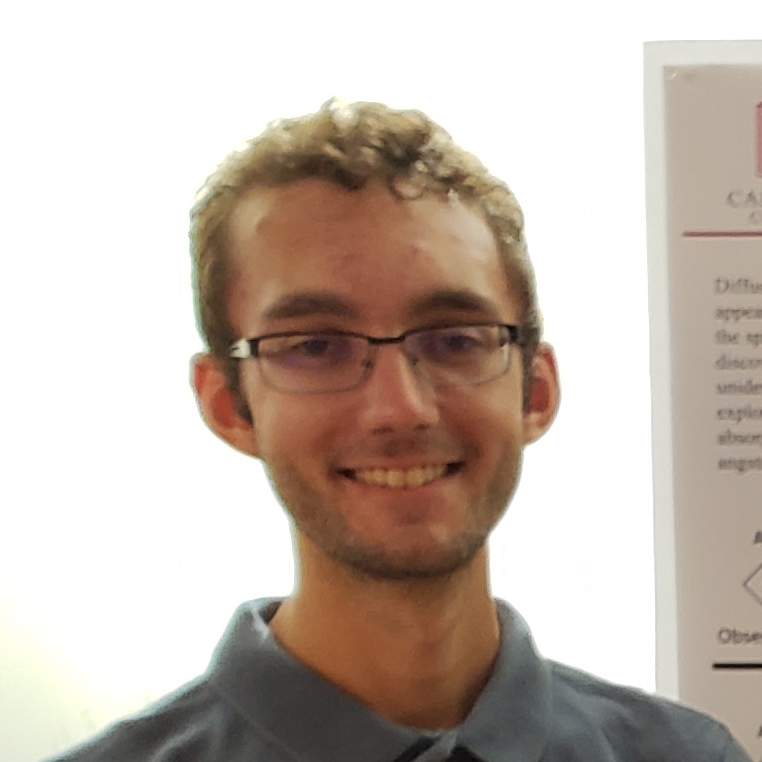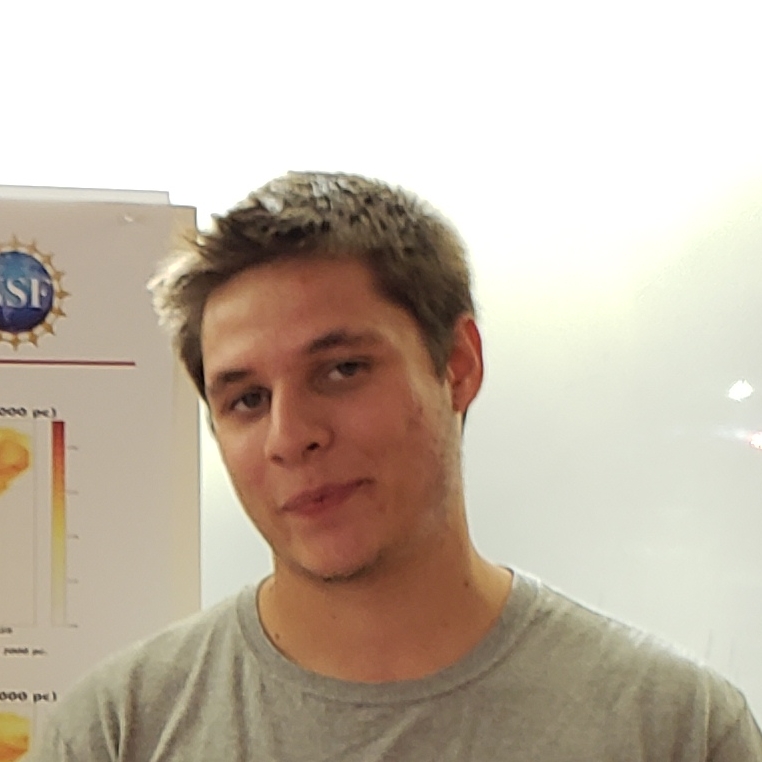Celebration of Scholars
3D Map of Diffuse Interstellar Band Strengths
 Name:
Emmet Katzer
Name:
Emmet Katzer
Major: Physics
Hometown: Trevor, WI
Faculty Sponsor: Julie Dahlstrom
Other Sponsors: n/a
Type of research: SURE
Funding: Carthage SURE Program and National Science Foundation DUE-1660620 (Noyce)
 Name:
Chance Beaty
Name:
Chance Beaty
Major: Physics
Hometown: Oak Creek, CO
Faculty Sponsor: Julie Dahlstrom
Other Sponsors: n/a
Type of research: SURE
Funding: Carthage SURE Program and National Science Foundation DUE-1660620 (Noyce)
Abstract
Diffuse interstellar bands (DIBs) are absorption features that appear in star spectra due to material in the interstellar medium, the space between us and other stars. Although DIBs were discovered nearly 100 years ago, their chemical carriers remain unidentified. To place constraints on possible carriers, we explored the 3-dimensional spatial distribution of DIB absorption for known features at 5780, 5797, and 6284 angstroms. We designed and tested a data pipeline using Jupyter notebook, a Python coding environment, to process 23,000 spectra by (1) template division to isolate the DIB features and (2) equivalent width measurement of DIBs 5780, 5797, and 6284. Measurements were then combined with distance data to produce a series of heat maps of DIB strength with position and distance. Final heat map data revealed large DIB presence in the direction of the galactic anticenter, and increased DIB strength at greater distances. However, the spatial representation of the star data did not create high enough resolution heat maps to see many other clusters of DIB presence.
Submit date: March 11, 2019, 4:19 p.m.
